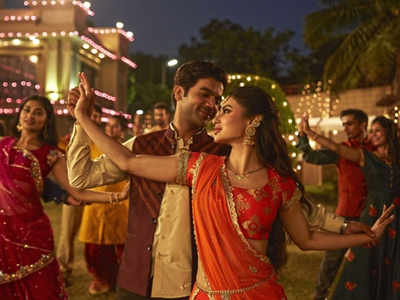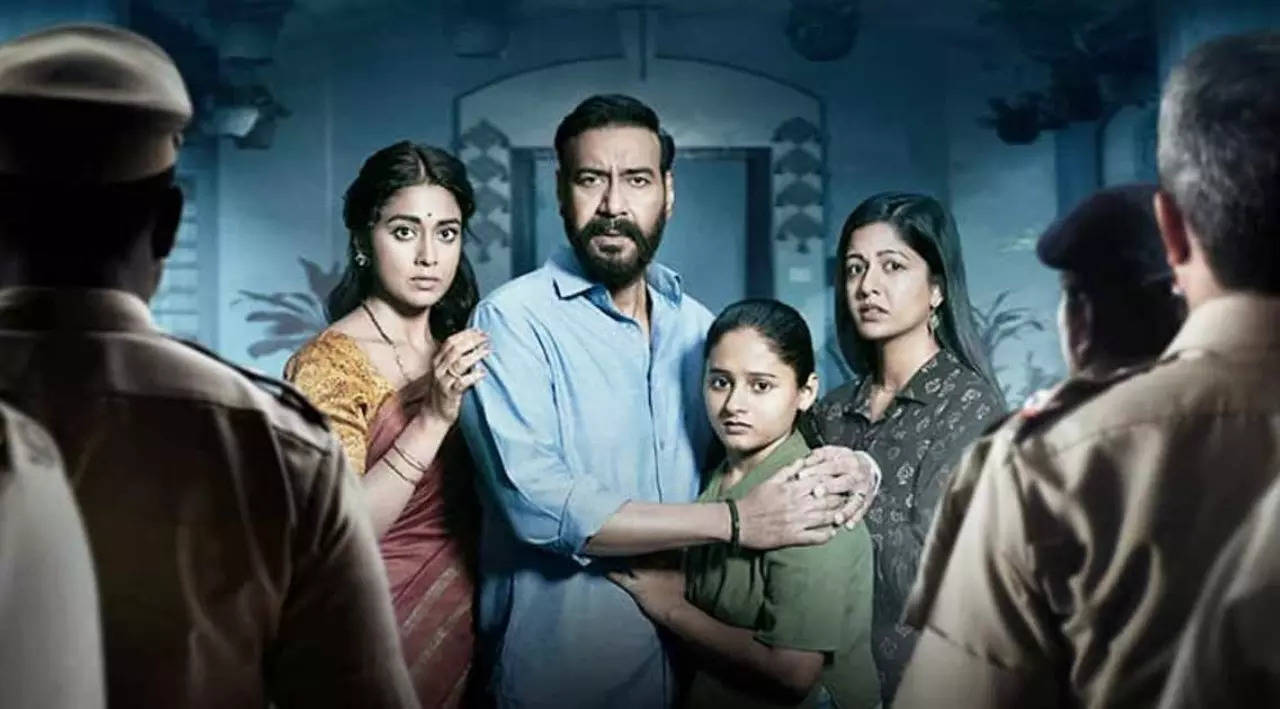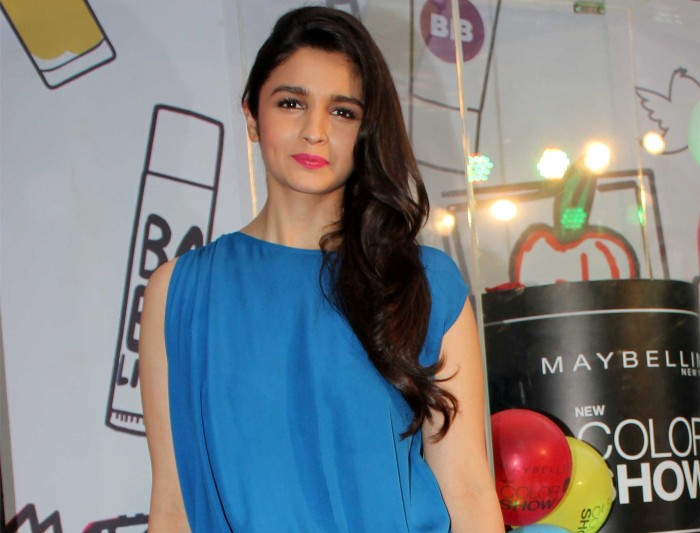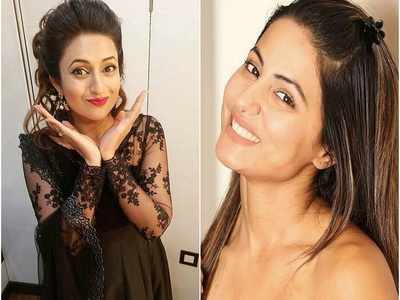
Nutan Samarth Bahl( 4 June 1936 – 21 February 1991), known mononymously as Nutan, was an Indian actress who worked in Hindi flicks. In a career gauging nearly four decades, she appeared in further than 70 flicks, substantially as a promoter, in both big products and arthouse flicks that ranged in kidney from civic loves, erudite acclimations, to cerebral and socio- realist dramatizations. Regarded as one of the finest actors in the history of Indian cinema, Nutan was noted for her natural amusement style in corridor of equivocal women frequently supposed unconventional.Her accolades include a record five Filmfare Awards for Stylish Actress and the Padma Shri by the Government of India in 1974. Born in Bombay to filmmaker Kumarsen Samarth and film actress Shobhna Samarth, Nutan started her career at the age of 14 in the 1950 film Hamari Beti, directed by her mama . She latterly starred in similar flicks as Nagina and Hum Log( both 1951). Her part in Seema( 1955) garnered her wider recognition and the Filmfare Award for Stylish Actress. She continued playing leading places through the 1960s until the late 1970s and went on to win the award on four other occasions for her places in Sujata( 1959), Bandini( 1963), Milan( 1967) and Main Tulsi Tere Aangan Ki( 1978). Some of her other flicks of this period include Anari( 1959), Chhalia( 1960), Tere Ghar Ke Saamne( 1963), Saraswatichandra( 1968), Anuraag( 1972) and Saudagar( 1973). In the 1980s, Nutan started playing character places and continued working until shortly before her death. She portrayed substantially maternal places in similar flicks as Saajan Ki Saheli( 1981), Meri Jung( 1985) and Naam( 1986). Her performance in Meri Jung earned her a sixth and final Filmfare Award, this time in the Stylish Supporting Actress order. Nutan was married to nonmilitary Lieutenant- Commander Rajnish Bahl from 1959 until her death from bone cancer in 1991. They had a son, Mohnish Bahl, who's a film and TV actor.

Early life
Nutan Samarth was born on 4 June 1936 in Bombay into a Marathi Hindu Chandraseniya Kayastha Prabhu family as the eldest of four children to director- minstrel Kumarsen Samarth and his actress woman
and filmmaker Shobhna. Kumarsen was one of the early inventors of the flicks Division of India.She grew up with complexes as she was considered too skinny in her nonage.She had two sisters actress Tanuja and Chatura and a family Jaideep. Her parents separated before Jaideep's birth. As a child, Nutan went to Villa Theresa School and was latterly educated at the Baldwin Girls' High School in Bangalore. While she was attracted to the performing trades since nonage and liked singing and dancing, she liked computation and terrain at academy. She took assignments in classical music for four times under Jagannath Prasad. In 1953, when her film career had formerly started, she headed to Switzerland for farther studies at La Chatelaine, a finishing academy. She was transferred there at the decree of her mama following Nutan's ferocious work in flicks and major weight loss. She described the one time spent there as the happiest in her life and returned home a time latterly having gained 22 pounds
Career
Nutan in Anari (1959)
Nutan first appeared briefly in front of the camera as a child in her father's film Nal Damyanti in 1945. She started her career at age 14 by playing the protagonist in Hamari Beti (1950), directed by her mother.She was conflicted during the making of the film, unsure she could pull it off given how critical she was of her appearance and talents. She took part in Snehal Bhatkar's soundtrack for the film, singing the song "Tujhe Kaisa Dulha Bhaaye Re". The film released to considerable attention for Nutan's work. The Motion Picture Magazine gave a scathing review of the film but took note of Nutan's "fine performance", which showed "great promise". She recalled an instance where her relatives changed their mind about her after watching the film: "The relatives who called me ugly changed their opinions overnight. They said they were proud of me."
Ravindra Dave's suspense thriller Nagina (1951) followed, and Nutan's performance in the film gained her greater recognition. The film became her first commercial success.Aged 15 at the time of its release, she was not allowed to attend its premiere as it was certified "A: (restricted for adults) and she was underage.[10] The social drama Hum Log, released the same year, was similarly popular with audiences. Directed by Zia Sarhadi, the film dealt with the trials and tribulations of a middle-class family and starred Nutan as the daughter Paro, an aspiring writer who suffers from tuberculosis. Nagina and Hum Log consolidated her position as a rising star.
The following year, she participated at the 1952 Femina Miss India contest, where she was crowned Miss Mussoorie, before being sent to Switzerland for further studies due to her weight loss and frail appearance.
Her first big break was Seema (1955), for which she won her first Filmfare Award for Best Actress. She followed her success with a romantic comedy, Paying Guest, in which she co-starred with Dev Anand. By late 1950's she was an established star. In 1959, she starred in two hit films, Anari (with Raj Kapoor) and Bimal Roy's Sujata (with Sunil Dutt), for which she won her second Filmfare Award for Best Actress. In the 1960s and 1970s, she had many more successful films including Chhalia (1960), Saraswatichandra (1968), Devi (1970) and Main Tulsi Tere Aangan Ki (1978).
In 1960, she starred opposite Raj Kapoor once again in Manmohan Desai's Chhalia. which earned her a Filmfare nomination for Best Actress. In a film review at the time, Filmfare wrote: "As the unfortunate girl disowned by her relatives for no fault of hers, Nutan puts over a superb and memorable portrayal."
She formed a popular screen couple with co-star Dev Anand and the two acted in four films together – Paying Guest (1957), Baarish (1957), Manzil (1960) and Tere Ghar Ke Samne (1963).
"Nutan’s masterful performance of a jilted young woman who murders her lover’s wife in Bimal Roy’s classic is arguably the best acting by a lead actress in Indian cinema. Nutan’s genius lay in portraying a whole range of emotions without resorting to over-the-top histrionics. The pièce de résistance is the scene in which her face conveys conflicting sentiments as she is about to commit the murder."
—Forbes India on Nutan's performance in Bandini (1963)
Bimal Roy's socio-realist Bandini (1963) is based on Tamasi, a Bengali novel by Jarasandha, and stars Nutan as Kalyani, a young prisoner convicted for poisoning the wife of her lover (Ashok Kumar). The story follows her life in prison and how she is later faced with a choice between her past love and a young prison doctor (Dharmendra) who falls in love with her.Having quit acting after marriage, Nutan was persuaded to accept the part by Roy, who asserted that he would abandon the project if she refused.She was pregnant during the making of the film.
Bandini was a major critical success, and Nutan received career-best reviews for her portrayal, which is often cited as one of the finest performances of Indian cinema.The film won six awards at the 11th Filmfare Awards, including Best Film and a third Best Actress for Nutan. The Bengal Film Journalists' Association ranked Bandini as the third-best Indian film of the year and acknowledged Nutan with the Best Actress award in its Hindi section.Author and critic Dinesh Raheja wrote: "Sans screaming hysteria-niks, Nutan puts across one of the finest performances seen on Hindi screen. She recognised and was perfectly in tandem with Kalyani's innate strength of character."[29] In 2010, Filmfare included her performance in its "80 Iconic Performances" list. Anupama Chopra included the film in her list of "The 20 Best Hindi Films Ever Made", calling Kalyani "one of Hindi cinema's most complex and fully realized female characters", which was "the role of a lifetime" for Nutan, whose "face raged with a grand passion and a quiet grace".In 2013, Forbes India listed Nutan's performance as one of the "25 Greatest Acting Performances of Indian Cinema", hailing her work as "the best acting by a lead actress in Indian cinema".
Her fourth Filmfare win came for Milan (1967). She starred opposite Amitabh Bachchan in 1973's Saudagar (1973), for which she received a sixth Filmfare nomination and a third BFJA award. In 1978, she made an astonishing return to the screen as the righteous Sanjukta Chauhan in Main Tulsi Tere Aangan Ki (1978). For this performance, she received an eighth Filmfare nomination and won her fifth Filmfare Award for Best Actress, at the age of 42. She thus became a record holder in the category, having won five awards for Best Actress at Filmfare. At age 42, she is also the oldest winner of the award. Nutan was perhaps the only actress of her generation to command leading roles in her 40s, with tremendous success. Following this, she starred in Saajan Ki Saheli (1981), as an ignorant, jealous wife to a husband who knowingly befriends the daughter she abandoned at childbirth.
In the 1980s, she played roles in blockbuster films such as Meri Jung (1985), Naam (1986) and Karma (1986). Karma was notable for being the first time she was paired with actor Dilip Kumar. For Meri Jung, she won the Filmfare Award for Best Supporting Actress. Her last film released while she was alive was Kanoon Apna Apna in 1989. She died in 1991 of cancer. Two of her films Naseebwala (1992) and Insaniyat (1994) were released after her death. She also gave a stellar performance as Kaliganj Ki Bahu in the TV serial Mujrim Hazir, her only role on the small screen.
Awards
|
Year |
Film |
|
1957 |
Seema |
|
1960 |
Sujata |
|
1961 |
Chhalia |
|
1964 |
Bandini |
|
1968 |
Milan |
|
1974 |
Saudagar |
|
1979 |
Main Tulsi Tere Aangan Ki |
Filmography
|
Year |
Title |
|
1950 |
Hamari Beti |
|
1951 |
Nagina |
|
Hum Log |
|
|
1952 |
Shisham |
|
Parbat |
|
|
1953 |
Laila Majnu |
|
Aaghosh |
|
|
1954 |
Shabaab |
|
1955 |
Seema |
|
1956 |
Heer |
|
1957 |
Baarish |
|
Paying Guest |
|
|
Zindagi Ya Toofan |
|
|
1958 |
Chandan |
|
Dilli Ka Thug |
|
|
Kabhi Andhera Kabhi
Ujala |
|
|
Sone Ki Chidiya |
|
|
Aakhri Daao |
|
|
1959 |
Anari |
|
Kanhaiya |
|
|
Sujata |
|
|
1960 |
Basant |
|
Chhabili |
|
|
Chhalia |
|
|
Manzil |
|
|
1962 |
Soorat Aur Seerat |
|
1963 |
Bandini |
|
Dil Hi To Hai |
|
|
Tere Ghar Ke Samne |
|
|
1964 |
Chandi Ki Deewar |
|
1965 |
Khandan |
|
Rishte Naate |
|
|
1966 |
Chhota Bhai |
|
Chilaka Gorinka |
|
|
Dil Ne
Phir Yaad Kiya |
|
|
Kalapi |
|
|
1967 |
Dulhan Ek Raat Ki |
|
Laat Saheb |
|
|
Milan |
|
|
Mehrban |
|
|
1968 |
Gauri |
|
Saraswatichandra |
|
|
1969 |
Bhai Bahen |
|
1970 |
Maa Aur Mamta |
|
Devi |
|
|
Maharaja |
|
|
Yaadgaar |
|
|
1972 |
Anuraag |
|
1972 |
Grahan |
|
1973 |
Saudagar |
|
1975 |
Jogidas Khuman |
|
1978 |
Ek Baap Chhe Bete |
|
Main Tulsi Tere Aangan
Ki |
|
|
Saajan Bina Suhagan |
|
|
1980 |
Kasturi |
|
1981 |
Saajan Ki Saheli |
|
1982 |
Teri Maang Sitaron Se Bhar Doon |
|
Jeeo Aur Jeene Do |
|
|
1983 |
Rishta Kagaz Ka |
|
1985 |
Yudh |
|
Paisa Yeh Paisa |
|
|
Meri Jung |
|
|
Yeh Kaisa Farz |
|
|
1986 |
Sajna Saath Nibhana |
|
Karma |
|
|
Naam |
|
|
1988 |
Sone Pe Suhaaga |
|
1989 |
Mujrim Hazir |
|
Mujrim |
|
|
Kanoon Apna Apna |
|
|
1992 |
Naseebwala |
|
1994 |
Insaniyat |







































0 Comments
retng our site